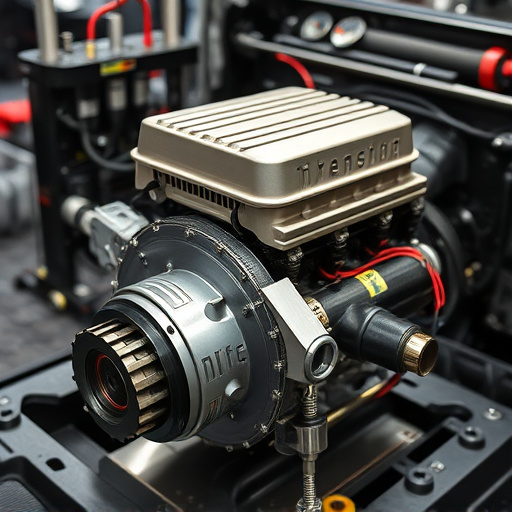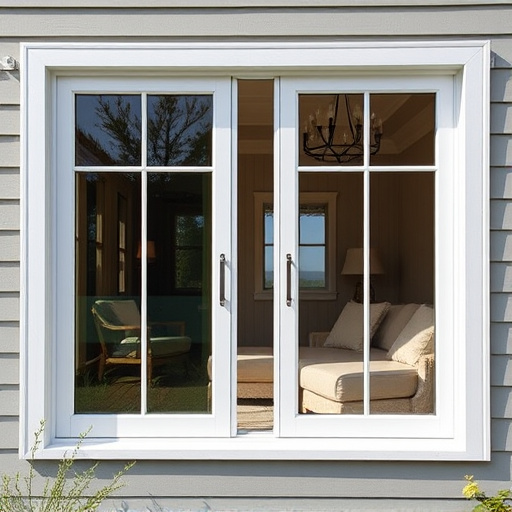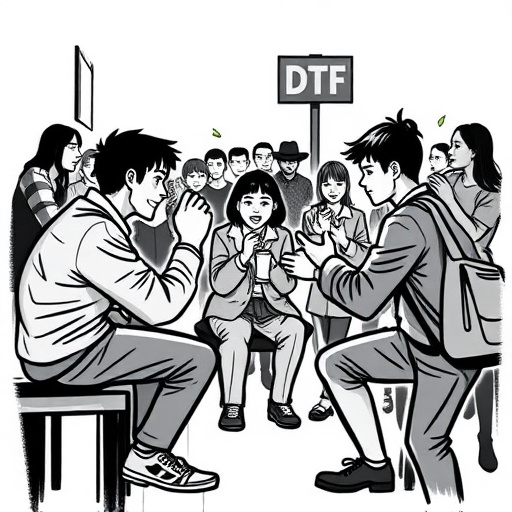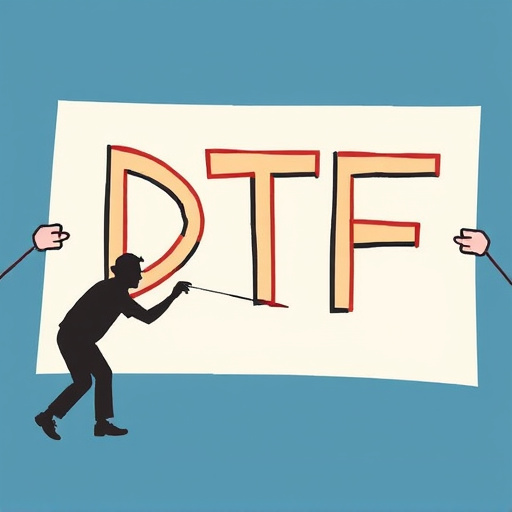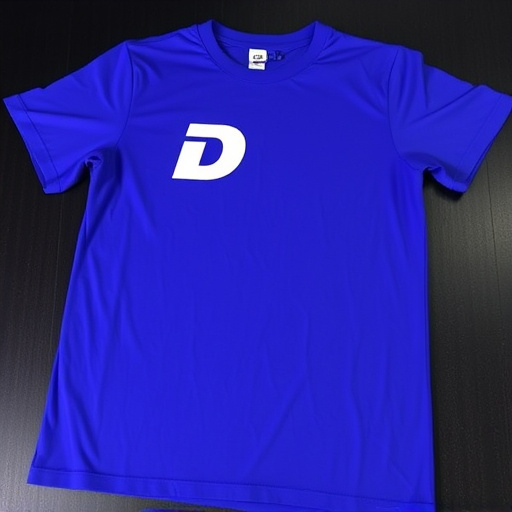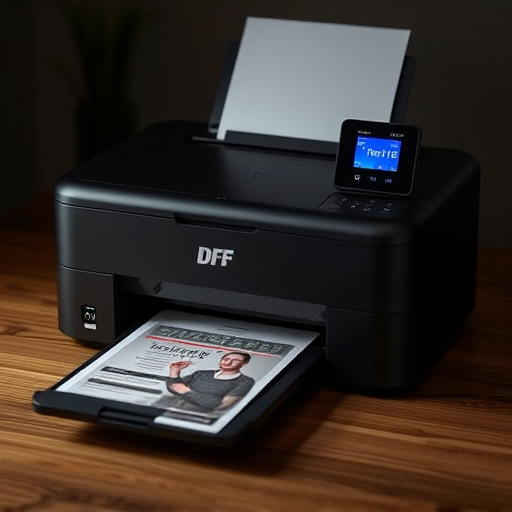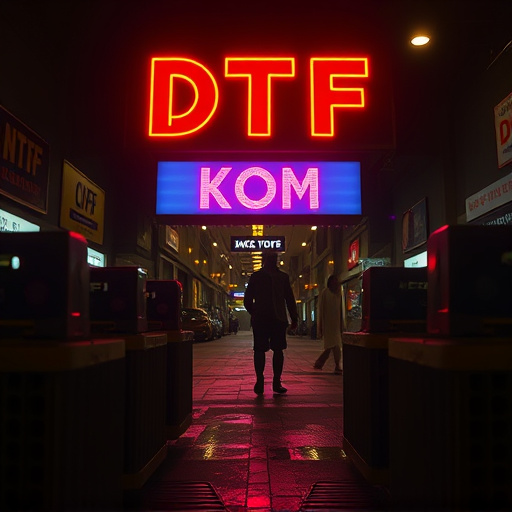Selecting the optimal film is key to achieving high-quality results in Direct To Film Printing (DTF). For clothing, bulk films designed for light fabrics offer best flexibility, opacity, and print quality for intricate designs. Different film types cater to specific needs: synthetic films for stretchy materials, polyester for vibrant colors on phone cases. Mesh screen selection depends on fabric weight, design complexity, desired resolution, intended use, and budget constraints. Weather-resistant media is ideal for outdoor signs, while archival papers suitable for limited-edition apparel.
“Elevate your direct-to-film printing game with advanced techniques for unparalleled results. This comprehensive guide equips users with essential knowledge for achieving optimal prints. From selecting the perfect film—understanding its unique properties and ideal choices for your project—to mastering exposure settings and post-processing tricks, you’ll unlock secrets to vibrant, detailed final prints. Discover how to minimize graininess, enhance sharpness, and correct colors, ensuring each image is a masterpiece.”
- Choosing the Right Film for Optimal Results
- – Understanding different film types and their properties
- – Factors to consider when selecting direct-to-film printing media
Choosing the Right Film for Optimal Results

When it comes to Direct To Film Printing (DTF), selecting the appropriate film is a pivotal step to achieving superior results. The right film ensures optimal ink adhesion, vibrant colours, and long-lasting durability on various substrates. For DTF shirt production, choosing bulk films designed specifically for light fabrics is essential. These films offer the best combination of flexibility, opacity, and print quality, making them ideal for intricate designs and detailed text.
Consider factors like film thickness, topcoat options, and compatibility with your dtf printer when making a selection. High-quality films often boast improved ink transfer efficiency and resistance to smudging or fading over time. Whether you’re producing custom apparel or promotional merchandise, using the correct film type can significantly impact the final print quality, ensuring your DTF printing for light fabrics turns out flawless every time.
– Understanding different film types and their properties
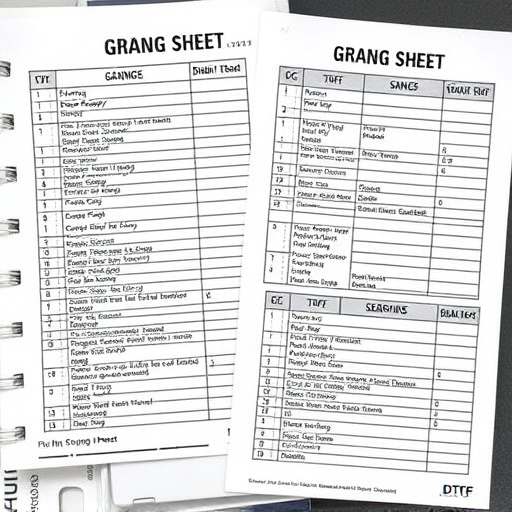
When it comes to Direct To Film Printing (DTF), understanding the diverse range of film types and their unique properties is paramount. Each film has distinct characteristics that influence print quality, durability, and overall performance. For instance, synthetic films offer excellent flexibility and resistance to cracking, making them ideal for complex designs on stretchy materials like activewear or sports apparel. On the other hand, polyester-based films provide superior clarity and vibrancy in prints, perfect for showcasing vivid colors and intricate details on products like phone cases or promotional items.
Moreover, knowing your film options allows for tailoring your design approach to achieve the best results. Custom sheets for heat pressing designs onto garments, for example, require specific considerations regarding temperature settings and press times to ensure optimal adhesion. By contrasting these factors with the chosen film type, DTF prints can be optimized for both aesthetic appeal and long-lasting durability, enhancing the overall customer experience of your branded products.
– Factors to consider when selecting direct-to-film printing media

When selecting media for Direct To Film Printing (DTF), several factors come into play. Firstly, consider the type of fabric you plan to print on—whether it’s light or heavy fabrics significantly influences the choice of media. Each material has unique properties that affect ink adhesion, color vibrancy, and overall print quality. For instance, lighter fabrics might require a finer mesh screen for more precise detail reproduction while darker, absorbent materials could benefit from coarser screens to prevent ink saturation.
Additionally, think about your desired print resolution and the complexity of your design. More intricate patterns or fine details may demand higher-resolution printing, necessitating a media with a lower mesh count. Meanwhile, simpler designs or larger prints might be suitable for standard mesh media. Moreover, the intended use of the printed item should factor in; outdoor signage requires weather-resistant media, while limited-edition apparel may call for high-quality, archival papers. Lastly, budget plays a role; different media types offer varying levels of cost efficiency without compromising on print performance.
Direct to film printing offers unparalleled versatility and quality for creative professionals. By understanding different film types and their unique properties, as well as considering factors like resolution, color gamut, and media compatibility, you can achieve optimal results in your projects. Incorporating these advanced design tips ensures that your direct to film printing experiences are nothing short of exceptional, allowing you to bring your vision to life with precision and vibrancy.



